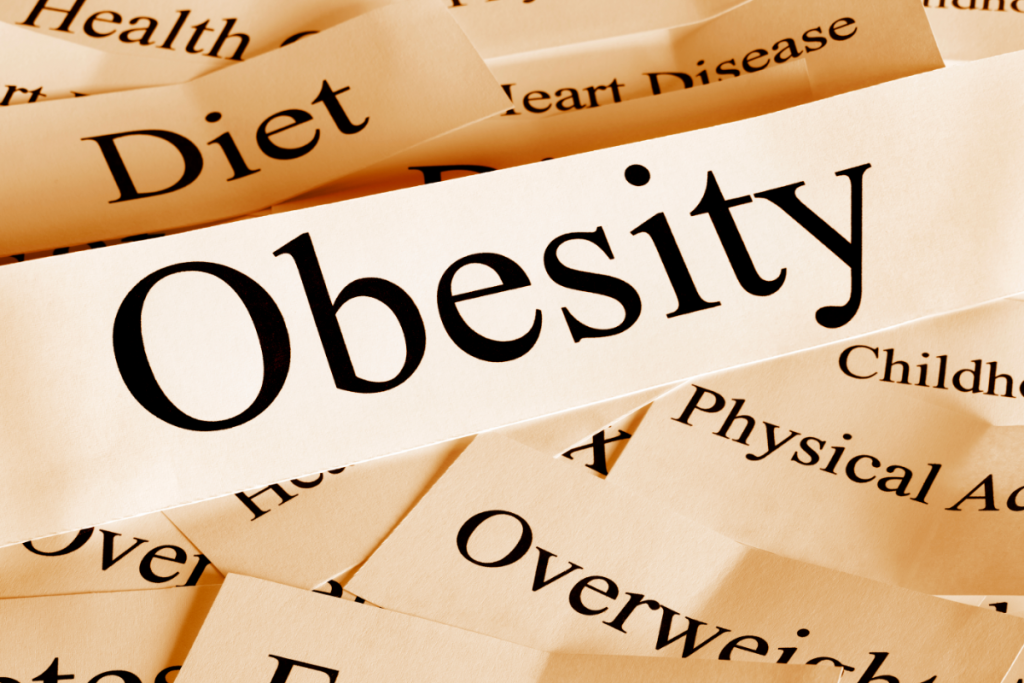Type 2 diabetes mellitus affects around 3.9 million people in the UK. Broadly speaking, type 2 diabetes is characterised by hyperglycaemia (high blood sugar), and insulin resistance (bodily tissues have a reduced response to insulin).
What is insulin resistance?: Glucose cannot freely move across cell membranes and requires insulin to do so. Insulin is essentially the key that unlocks the cell door, allowing glucose to exit the bloodstream and enter bodily cells where it can be metabolised. However, in the presence of insulin resistance, the lock becomes damaged and the door remains locked. This leaves glucose “locked out” of the cell, causing it to build up in the bloodstream.
Type 2 diabetes is causing a substantial mounting economic burden [UK cost 2010-2011: £21 billion] [1], and is placing additional strain on global healthcare services [2]. For the individual suffering from type 2 diabetes, high blood sugar can lead to microvascular damage (blindness, kidney failure, & nerve impairment) [3], higher risk of cardiovascular disease (atherosclerosis, heart attack, stroke etc) [4], and poorer health outcomes in response to respiratory infections like COVID-19 [5]. Furthermore, patients have to suffer through the burden of taking somewhere between 4 and 10 expensive medications per day, including insulin injections in extreme cases [6]. In-fact, in 2012-2013 ~10% of the total NHS cost was from prescribed diabetes medications [7].
Lifestyle therapies that allow diabetes patients to independently manage their glucose/ insulin levels and gradually come off their medications are essential. This provisional state of reduced diabetes severity is termed “diabetes remission”, and is the goal of every type 2 diabetes lifestyle therapy.
Throughout this article we want to examine the latest diabetes remission tool, low energy diets and rapid weight loss.
Obesity and diabetes:
Increased body fat percentage is linked with increased blood sugar and insulin resistance [8]. Increases in body fat percentage, generally leads to excessive fat accumulation in various bodily tissues (e.g., muscle, fat, liver, pancreas). Built-up fat leads to insulin resistance and damages the insulin lock as previously discussed.

In response, the pancreas (the organ that produces insulin), attempts to create more insulin (more keys), to force the cellular door open. However, the pancreas cannot sustain such a high rate of insulin production, and consequently gets worn out [9]. Built-up fat inside the pancreas also slows down insulin production over time [10]. This eventually leads to less insulin (keys) being produced (pancreatic dysfunction), which, combined with insulin resistance (lock damage), rapidly increases blood sugar and accelerates the severity of diabetes.
Low energy diets, and rapid weight loss
Increasing the production of insulin keys, and improving the damaged lock, would theoretically require substantially reducing the fat contained within various bodily tissues, especially the pancreas.
Promisingly, rapid substantial weight loss following a low energy diet improves both these factors in type 2 diabetes patients [11]. Importantly, the more weight a person initially loses the better they tend to control their blood sugar [12]. Successful interventions normally last for 1-6 months, reduce energy intake to 800-1000 kcal/ day, and achieve a weight loss of around 10-15kg (1.5 to 2.5 stone).
For type 2 diabetes patients who lose 10-15% of their body weight, 8/10 are still in remission 12 months after weight loss [11]. Rapid weight loss drastically reduces fat stored within bodily tissues. This begins to fix the damaged insulin lock, allowing glucose to exit the bloodstream. Reduced pancreatic fat, combined with lower insulin demand, also increases insulin production, meaning more insulin keys are being produced, that are now more effective at unlocking glucose disposal pathways.
Big picture questions
The fact that type 2 diabetes remission is possible for most individuals who undergo substantial rapid weight loss is brilliant, and there is much cause for optimism. However, there are some caveats.
• First, remission of type 2 diabetes is a provisional state, with the possibility of relapse an ever-present risk. If an individual who has undergone substantial weight loss immediately returns to their pre-weight loss lifestyle habits, weight regain is very likely. Once metabolic health has been regained in the short-term, diabetic patients should try to capitalise on their remission by implementing other healthy lifestyle habits (regular physical activity, stress management, and sleep). This will increase the likelihood of maintaining both long-term weight loss and remission status.

• Second, the longer the patient has been suffering from type 2 diabetes, the less effective the weight loss is at achieving remission. The chances of pancreatic damage becoming irreversible are greater the longer the patient is suffering from diabetes [11], making it less likely the pancreas will be able to produce insulin again. Time may therefore be of the essence, with remission success at its greatest the closer to the initial diabetes diagnosis.
• Finally, low energy diets are very difficult to sustain long-term. A low energy diet of 800-1000kcal/ day, is equivalent to only eating 2 mars’ bars and drinking 1 bottle of Lucozade every day (806 kcal). Whole food approaches do overcome this issue to an extent, allowing a greater food volume per calorie.
Whilst substantial short-term weight loss will certainly be of benefit to most type 2 diabetic patients, we need to move beyond the simple notion that the only path to health and disease management is weight loss.
As Roy Taylor, who is a Professor of Medicine and Metabolism at the University of Newcastle, said in a recent interview on this topic [13]:
“Yes, we can offer you the possibility of getting rid of your diabetes entirely, returning to health and actually feeling far better than you feel at the moment. On the other hand, we can say that we can give you tablets and medicines to manage the diabetes as best as we can. But you’re going to have to face up to the fact that you still have diabetes and also you face the risk of long-term complications. So, there is a choice.”
For individuals who are unwilling/ unable to substantially reduce their body weight, we need to develop alternative therapy options that help them to manage their type 2 diabetes, whilst acknowledging they will still be at increased risk of poor health outcomes. One such alternative therapy could be exercise training and general physical activity [11].

Before concluding substantial weight loss is the best course of action to achieve diabetes remission in every individual, we must consider several other factors, including the individual’s:
• body mass index
• body fat percentage
• blood sugar control
• medications
• health care status
• time since initial diagnosis.
We must also consider the overall lifestyle, tolerance, temperament, and willingness of the individual to implement such drastic behaviour change.
Please note: Such interventions should always be performed with the approval of the patient’s health care provider. Blood sugar responses should also be monitored very carefully throughout the process in order to manage medications/ alternative therapies appropriately. For more information on managing diabetes, refer to our Level 3 Exercise Referral Diploma and Level 4 Obesity and Diabetes Certificate.
Conclusion:
Remission of type 2 diabetes is achievable with a low energy diet (800-1000 kcal/day), and substantial rapid weight loss (~10-15% of body weight over 1-6 months) in most individuals. However not all diabetic patients will be able/ willing to undergo and/ or sustain such a drastic lifestyle change, meaning alternative therapies are still likely to be required.
References
1. Hex, N., Bartlett, C., Wright, D., Taylor, M. and Varley, D.J.D.M., 2012. Estimating the current and future costs of Type 1 and Type 2 diabetes in the UK, including direct health costs and indirect societal and productivity costs. Diabetic medicine, 29(7), pp.855-862.
2. Herman, W.H., 2017. The global burden of diabetes: an overview. Diabetes mellitus in developing countries and underserved communities, pp.1-5.
3. Stratton, I.M., Adler, A.I., Neil, H.A.W., Matthews, D.R., Manley, S.E., Cull, C.A., Hadden, D., Turner, R.C. and Holman, R.R., 2000. Association of glycaemia with macrovascular and microvascular complications of type 2 diabetes (UKPDS 35): prospective observational study. Bmj, 321(7258), pp.405-412.
4. Shen, Y., Zhou, J., Shi, L., Nauman, E., Katzmarzyk, P.T., Price‐Haywood, E.G., Horswell, R., Bazzano, A.N., Nigam, S. and Hu, G., 2021. Association between visit‐to‐visit HbA1c variability and the risk of cardiovascular disease in patients with type 2 diabetes. Diabetes, Obesity and Metabolism, 23(1), pp.125-135.
5. Barron, E., Bakhai, C., Kar, P., Weaver, A., Bradley, D., Ismail, H., Knighton, P., Holman, N., Khunti, K., Sattar, N. and Wareham, N.J., 2020. Associations of type 1 and type 2 diabetes with COVID-19-related mortality in England: a whole-population study. The lancet Diabetes & endocrinology, 8(10), pp.813-822.
6. Odegard, P.S. and Capoccia, K., 2007. Medication taking and diabetes. The Diabetes Educator, 33(6), pp.1014-1029.
7. Black, J.A., Simmons, R.K., Boothby, C.E., Davies, M.J., Webb, D., Khunti, K., Long, G.H. and Griffin, S.J., 2015. Medication burden in the first 5 years following diagnosis of type 2 diabetes: findings from the ADDITION-UK trial cohort. BMJ Open Diabetes Research and Care, 3(1), p.e000075.
8. Magkos, F., 2019. Metabolically healthy obesity: what’s in a name?. The American journal of clinical nutrition, 110(3), pp.533-539.
9. Tabák, A.G., Jokela, M., Akbaraly, T.N., Brunner, E.J., Kivimäki, M. and Witte, D.R., 2009. Trajectories of glycaemia, insulin sensitivity, and insulin secretion before diagnosis of type 2 diabetes: an analysis from the Whitehall II study. The Lancet, 373(9682), pp.2215-2221.
10. Pieńkowska, J., Brzeska, B., Kaszubowski, M., Kozak, O., Jankowska, A. and Szurowska, E., 2019. MRI assessment of ectopic fat accumulation in pancreas, liver and skeletal muscle in patients with obesity, overweight and normal BMI in correlation with the presence of central obesity and metabolic syndrome. Diabetes, metabolic syndrome and obesity: targets and therapy, 12, p.623.
11. Magkos, F., Hjorth, M.F. and Astrup, A., 2020. Diet and exercise in the prevention and treatment of type 2 diabetes mellitus. Nature Reviews Endocrinology, 16(10), pp.545-555.
12. Lean, M.E., Leslie, W.S., Barnes, A.C., Brosnahan, N., Thom, G., McCombie, L., Peters, C., Zhyzhneuskaya, S., Al-Mrabeh, A., Hollingsworth, K.G. and Rodrigues, A.M., 2019. Durability of a primary care-led weight-management intervention for remission of type 2 diabetes: 2-year results of the DiRECT open-label, cluster-randomised trial. The lancet Diabetes & endocrinology, 7(5), pp.344-355.
13. Sigma nutrition radio. (2020). #331 Prof. Roy Taylor, Diabetes Remission, Very-low Calorie Diets & the Twin Cycle Hypothesis. Available at URL: https://sigmanutrition.com/episode331/ (Accessed: 28/06/2021).


